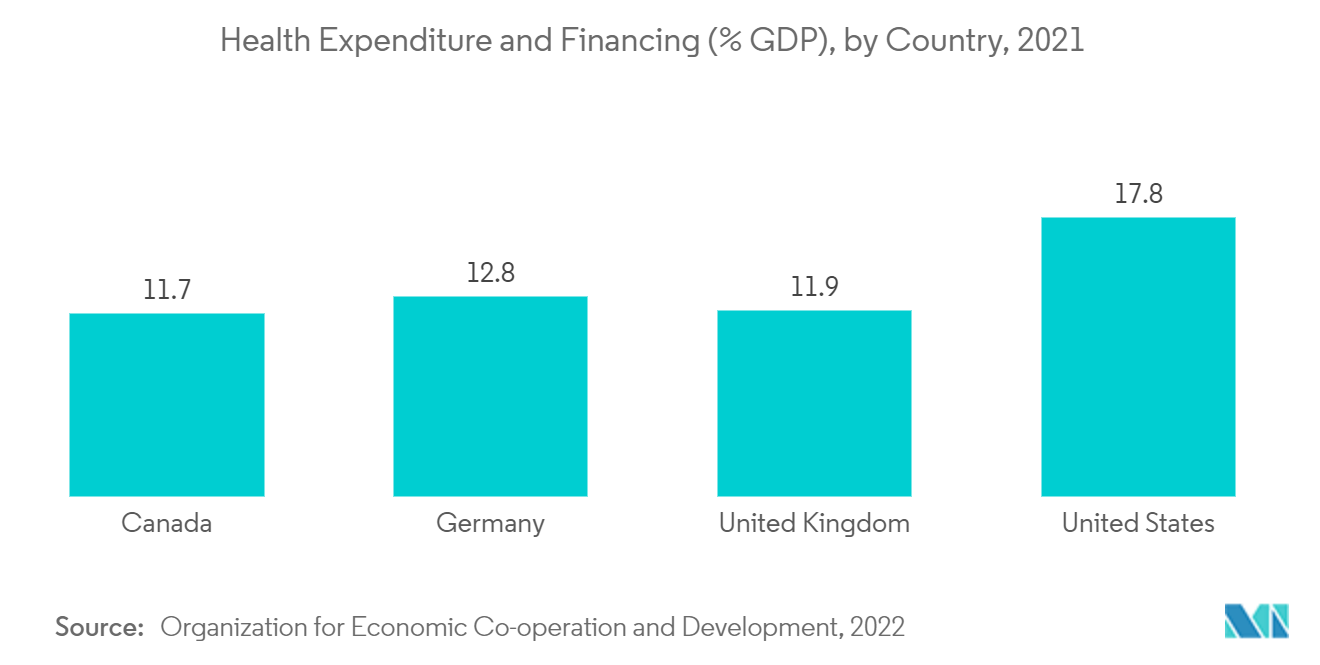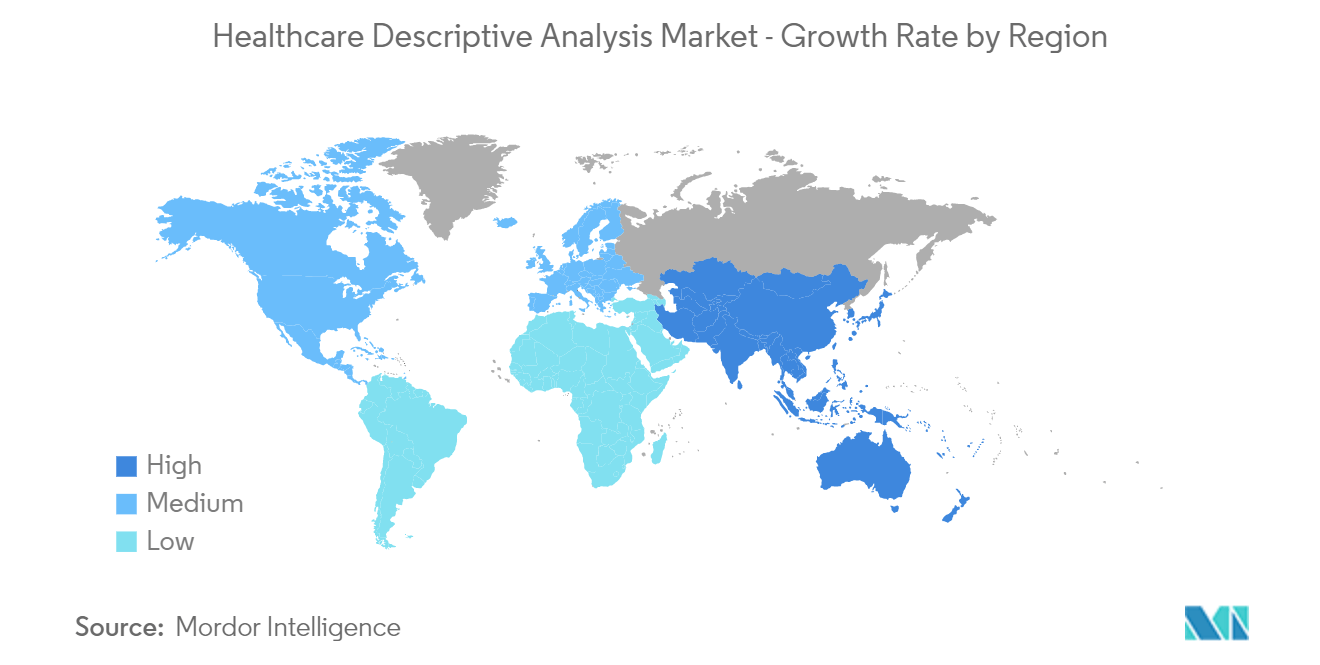Market Trends of Healthcare Descriptive Analysis Industry
Cloud-based Segment Expected to Hold a Significant Share of the Market During the Forecast Period
Cloud computing has been defined as the practice of using remote servers in place of local servers or networks to store, manage, and process data. Therefore, the use of the cloud moves the data center infrastructure outside the organization.
There are many advantages of cloud-based descriptive analytics in healthcare that are expected to propel the segment's growth. For instance, according to a study published in the Journal of Medical Internet Research in January 2022, the use of cloud computing involving storage and processing of data in healthcare has great potential in facilitating data-driven innovations. The cloud platforms, along with data analytics and AI, can help organizations achieve the goal of storage and processing of healthcare data. They can also help focus on patient care and security.
Several major players are making plans and launching new healthcare descriptive analysis products in the market. For instance, in March 2022, Microsoft announced the general availability of Azure Health Data Services, a cloud platform for managing and analyzing various forms of patient data. In addition, in July 2021, Amazon Web Services Inc. (AWS) reported the availability of Amazon HealthLake, a cloud-based health IT solution that leverages machine learning to extract, organize, and store structured patient health data. Such initiatives are expected to drive the market's growth.
Hence, cloud-based technologies can give users access to advanced analytics capabilities, thereby driving the segment's growth.

North America is Expected to Hold a Major Share in the Healthcare Descriptive Analysis Market
Growing federal healthcare mandates to curb rising healthcare costs and provide quality care, increasing regulatory requirements, growing EHR adoption, rising government initiatives focusing on personalized medicine, population health management, and value-based reimbursements are driving the healthcare descriptive analysis market in North America.
The increasing funding from the US government for supporting healthcare is an attributing factor to the growth of the market in the United States. For instance, according to the Congressional Budget Office data published in 2021, in the past two decades, federal funding for the National Institute of Health (NIH) totaled over USD 700 billion. Thus, increasing healthcare spending in the United States is expected to boost the market due to the increased adoption of healthcare descriptive analysis in research settings.
Several companies are collaborating to support big data and improve healthcare analytics. For instance, in September 2022, Walmart entered a 10-year partnership with United Health on value-based care. To assist its physicians in providing value-based care, Walmart Health will receive analytics and decision support tools from UnitedHealth's Optum. Optum manages numerous outpatient clinics and medical practices, and it has analytics tools that collect data from payers and providers to better coordinate and deliver care. Such collaborations to provide healthcare analytics to physicians are expected to drive the market's growth in North America.
The strong foothold of key market players, increased research for the development of innovative software, and sophisticated healthcare infrastructure are also expected to drive the market in North America.

